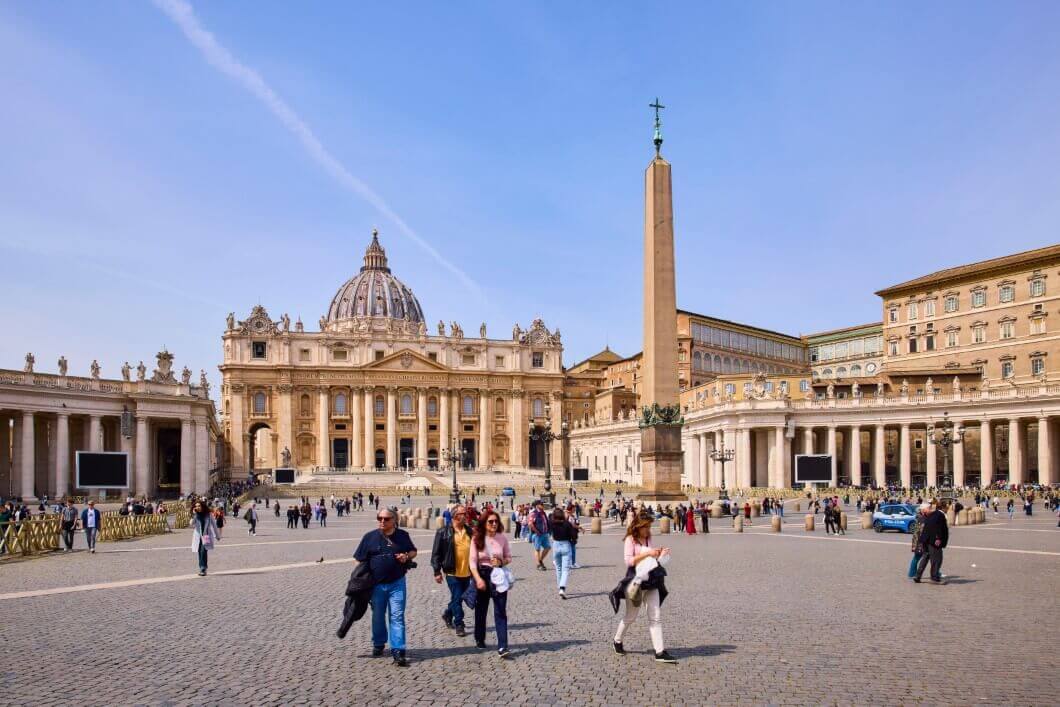In the past two years, Italian tourism has been experiencing significant difficulties due to the Covid-19 pandemic. The country is trying to find a way out of the current situation, but it will clearly take some time to recover from an unprecedented health crisis.
What is certain is that a full recovery will not occur this year as the country continues to cope with the lack of foreign tourists. At the same time, it is necessary to take into account the consequences of Russia’s invasion of Ukraine.
Growth compared to 2021
Market research firm Demoskopika estimates that there will be around 92 million arrivals and 343 million overnight stays in Italy this year (including both Italians and foreign visitors). This means an increase of 43% and 35%, respectively, compared to 2021.
Although the upward trend is clear, the figures are still far from those recorded in 2019. The number of overnight stays is still down by 21.4% and the number of arrivals by 29.6%.
Costs grow less than flows
Tourism spending is estimated to reach €26.4 billion in 2022. This is 11.8% more than last year.
Regionally, Veneto leads the way with spending over 5 billion euros (+12.6%), while Trentino-Alto Adige in second place with 3.57 billion (+27.1%) is far behind. Emilia-Romagna closes the top three with spending just over 3 billion (+9.1%).
As for tourist flows, positive dynamics will be recorded in all regions. Piedmont is expected to grow the most with 56.7% to 12.8 million overnight stays and 4.3 million arrivals (+66.3%).
Trentino Alto Adige will grow by 53.5% in overnight stays (46.4 million) and by 31.8% in arrivals (11.3 million), with 11.3 million overnight stays recorded in Campania ( +38.6%) and 3.4 million arrivals (+32%).
Where will Italians travel?
Demoskopika also conducted a survey that showed that 30 million Italians (51% of the total) decided to go on vacation in the coming months.
Nine million (16%) have already booked their holiday, especially in the 18-35 age group, while 35% are thinking about planning a trip for the rest of the current year. 18% of those interested in traveling currently state they are “undecided”.
In terms of destinations, 9 out of 10 Italians are going to travel within the country, and 10% – abroad. Of these, 7% planned a trip to a European destination, and the remaining 3% would prefer an international vacation. Thus, in the absence of foreign tourists, domestic tourists will again “save” the industry.

Consequences of the war
As mentioned above, the war in Ukraine also affected the general tourist situation in Italy. Of the 31% of Italians who canceled their holidays in the coming months, 10% did so for fear of the consequences of the conflict in Ukraine, and 8% because of the persistence of Covid-19 options.
At the same time, the war also affected the choice of 13% of Italians, who cited deteriorating economic conditions in the family as the reason for not traveling this year.
Finally, according to estimates, Italy will “miss” 300,000 Ukrainian and Russian tourists in 2020. This means a reduction of 2.4 million overnight stays and a reduction in tourism spending of almost 180 million euros.
Art Awakening Cities
Seaside destinations remain the most popular, with 57% of Italians talking about it. However, art cities are “waking up”, which have declined during the pandemic (27.1%).
In addition, almost every fourth Italian (23%) chooses outdoor recreation. In particular, 10% want to spend their holidays in the mountains, 9% – in the countryside, and 4% – on the lake in the coming months.
In last place in the ranking of destinations identified by Italians are exotic destinations (3%) and spa holidays (2%).

